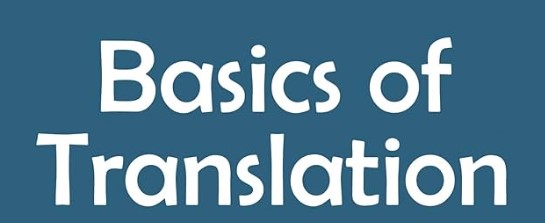
The basics of translation involve converting text or speech from one language (the source language) into another (the target language) while preserving meaning, tone, and context. Here are the fundamental principles and steps involved:
1. Understanding the Source Text
- Comprehension: The translator must fully understand the source material, including grammar, vocabulary, idioms, tone, and cultural nuances.
- Context Awareness: Consider the context—whether it’s legal, technical, literary, conversational, etc.
2. Equivalence in Meaning
- Literal vs. Free Translation: A good translator balances staying true to the original text and adapting it to make sense in the target language.
- Accuracy: Maintain the intended meaning, without distortion, omission, or unnecessary addition.
3. Cultural Adaptation
- Localization: Adapt cultural references, idioms, humor, and names if needed so the translation is relatable to the target audience.
- Sensitivity: Be aware of cultural sensitivities and norms to avoid misunderstandings or offense.
4. Target Language Fluency
- The translation must be grammatically correct, natural, and stylistically appropriate in the target language.
- The translator should ideally be a native speaker or highly fluent in the target language.
5. Tone and Style
- Match the tone (formal, informal, technical, poetic, etc.) of the original text.
- Maintain consistency in terminology and voice.
6. Revision and Proofreading
- Editing: Review for grammatical and stylistic errors.
- Quality Assurance: Compare the translation with the original to ensure completeness and fidelity.
7. Subject Knowledge
- Understanding the topic (law, medicine, literature, etc.) is essential for accurate translation of jargon and specialized terms.
Bonus: Tools and Techniques
- Bilingual Dictionaries & Thesauruses
- Translation Memory Tools (e.g., SDL Trados, MemoQ)
- Glossaries for consistency in terms
- Machine Translation (e.g., Google Translate, DeepL) as aids—not replacements
Would you like a sample comparison of a source text and its translated version to see how these principles are applied?

